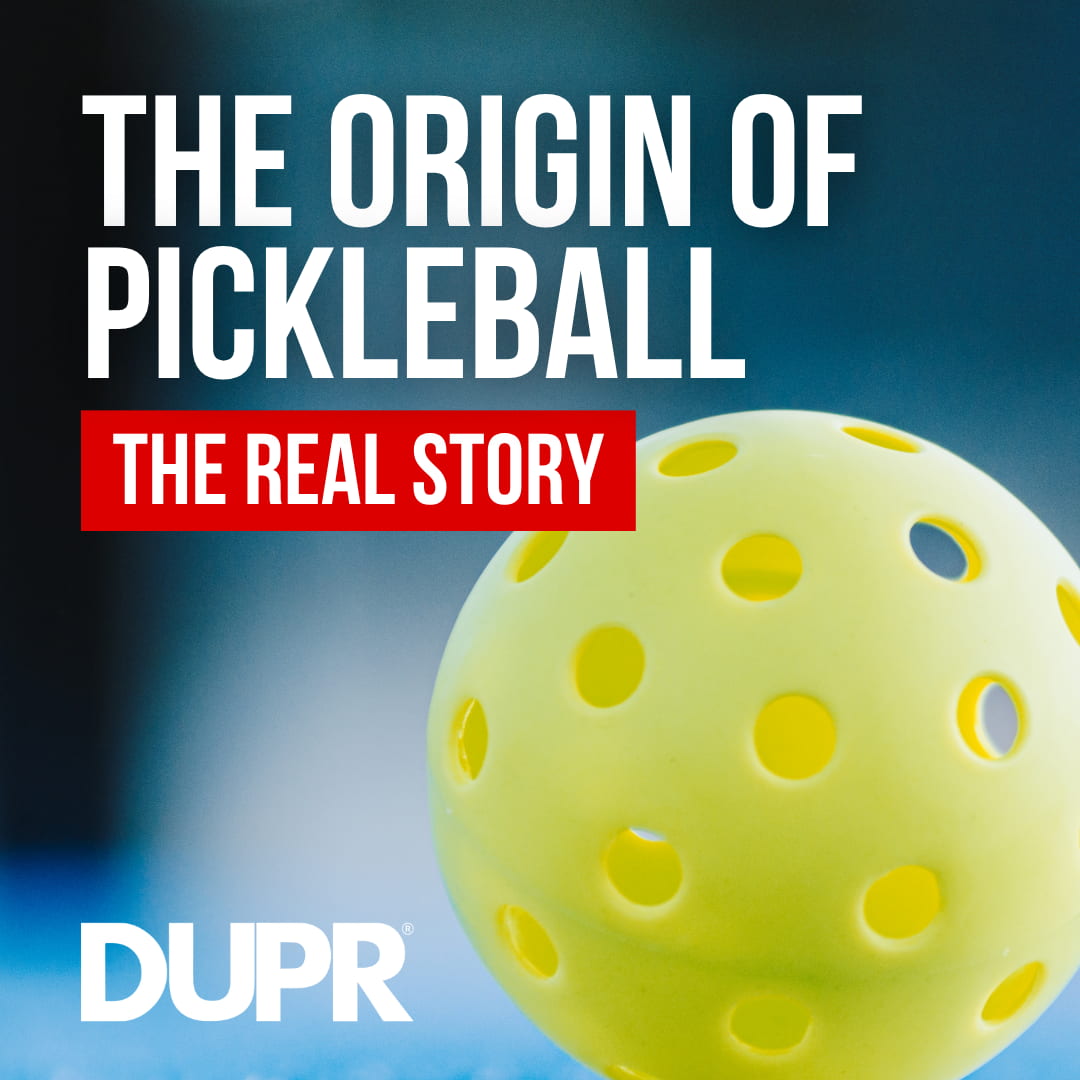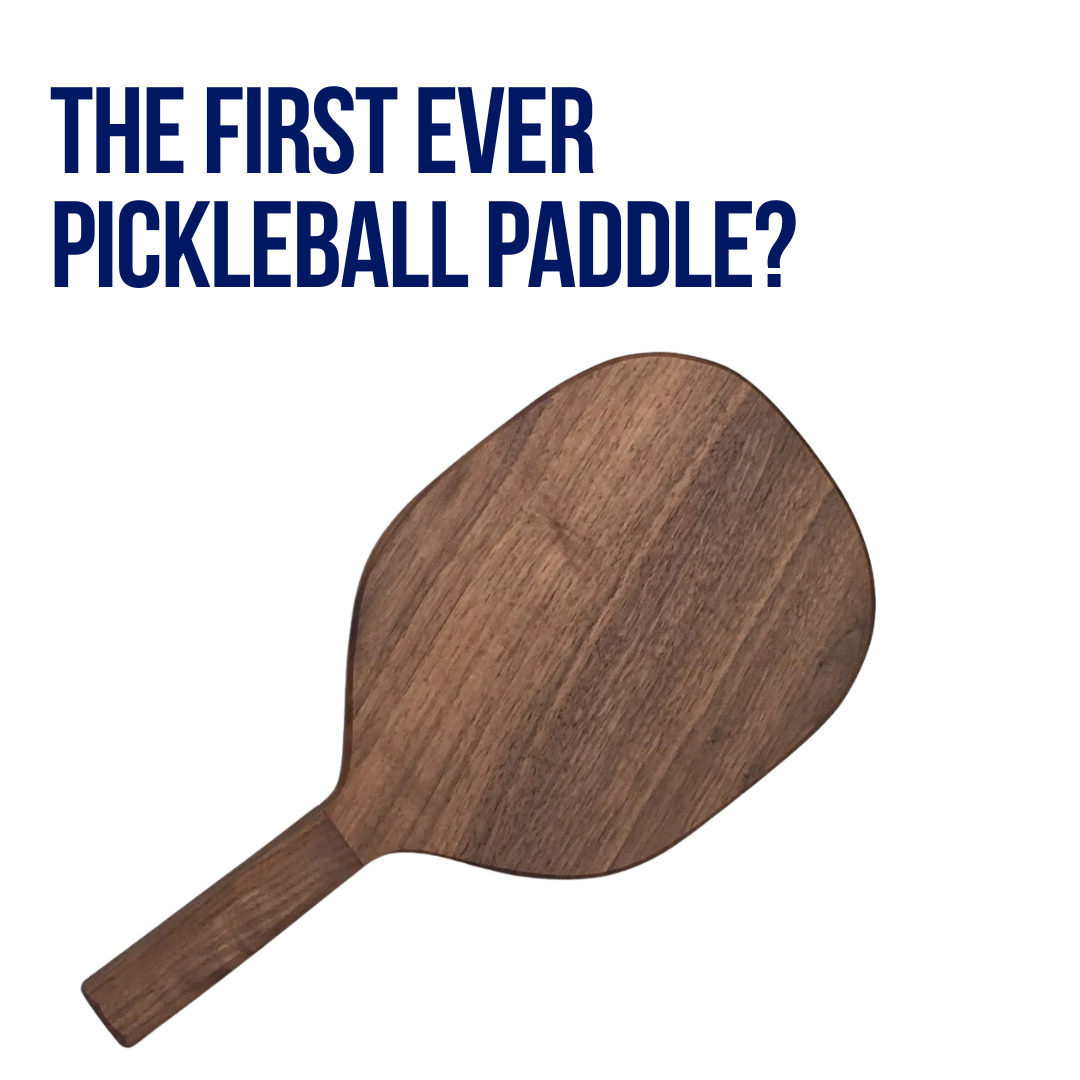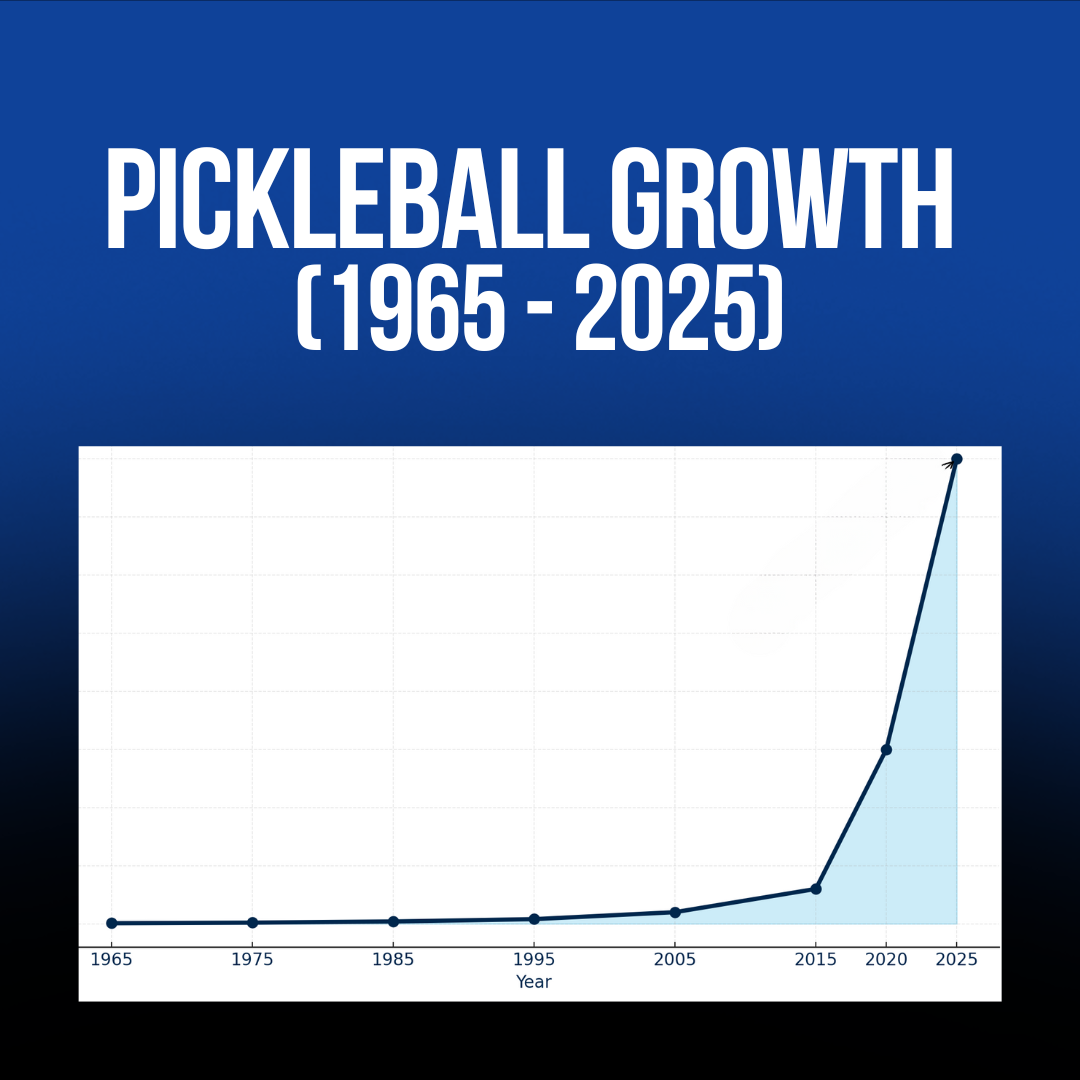The Real Story of How Pickleball Started 60 Years Ago

Pickleball may be America’s fastest-growing sport today, but its beginnings were far more humble, and we’ve got the story straight from someone who witnessed it. In an exclusive interview with DUPR, Ruth Rosenquist, board member of the Global Pickleball Federation and longtime friend of Barney McCallum (one of the sport’s original creators), shared how it all began.
The sport wasn’t born in stadiums or clubs, but on a simple driveway in Bainbridge Island, Washington. In 1965, three dads named Joel Pritchard, Bob Bell, and Barney McCallum were trying to do what so many parents did before them: keep their kids entertained. They grabbed some equipment, marked up a court on their driveway, and made up a new game on the spot. What began as a quick backyard activity would eventually become a global phenomenon.
Why Is It Called “Pickleball”?
For decades, the story circulated that the game was named after the Pritchard family dog, “Pickles.” While fun, that story isn’t quite true. Pickles the dog wasn’t even born when the game was invented.
"The actual inspiration came from the term ‘pickle boat,’ which is a rowing crew made up of leftover oarsmen from other boats," Ruth explained. "One of the inventors’ wives said the sport was similar, pulling pieces from other games like tennis, badminton, and ping pong, and combining them into something new. And just like that, pickleball was born."
Building the Game, One Paddle at a Time
Barney McCallum, one of the original trio, was a builder at heart. He went into his woodshop and built the first pickleball paddle by hand, helping the sport establish its unique playing style from day one. McCallum even created key features of the game we still use today, like the no-volley zone (the “kitchen”), ensuring rallies stayed fun and accessible for players of all ages.

From Driveway Hobby to National Obsession
For decades, pickleball grew quietly, mostly spread by word-of-mouth among friends and neighbors. Players built their own courts and found whatever paddles they could get their hands on. In the early 1990s, people like Ruth were traveling 30 miles just to find a place to play.

By 2013, Ruth was pushing hard to get the sport into the national spotlight. One of her early wins was convincing NBC Nightly News to run its first-ever pickleball story, coining the now-famous label: “America’s Fastest Growing Sport.”
A Moment of Laughter and a Glimpse of the Future
Ruth recalled a conversation with Barney McCallum, who laughed for five minutes straight when she suggested pickleball could one day make money. At the time, it was hard to imagine pickleball being anything more than a niche backyard pastime. But today, it’s an industry worth hundreds of millions of dollars, with professional tours, major brand sponsorships, and global reach.
A new report from Market.us (April 2025) projects the global pickleball market to reach USD 9.1 billion by 2034, up from USD 2.2 billion in 2024. This reflects a compound annual growth rate (CAGR) of 15.3% from 2025 to 2034, underscoring the sport’s accelerating popularity and expanding economic impact worldwide.
60 Years Later: A Global Sport
What started with three dads, some bored kids, and a handmade paddle is now a worldwide movement made up of both amateur and professional players. There are DUPR players in over 160 countries, with pickleball being on track to seek recognition by the International Olympic Committee. Pickleball is breaking barriers, connecting people of all ages, and, as Ruth says, “bringing joy to people’s lives everywhere it goes.”
This year marks Pickleball’s 60th anniversary, a milestone worth celebrating, not just for how far it’s come, but for the spirit in which it started: simple, inclusive, and focused on fun.
Interested in learning more about the sport and how to raise your pickleball ratings? Don’t miss our blog on the pickleball rules 90% of players get wrong; it might change how you play.




.jpg)
%20(1).jpg)






